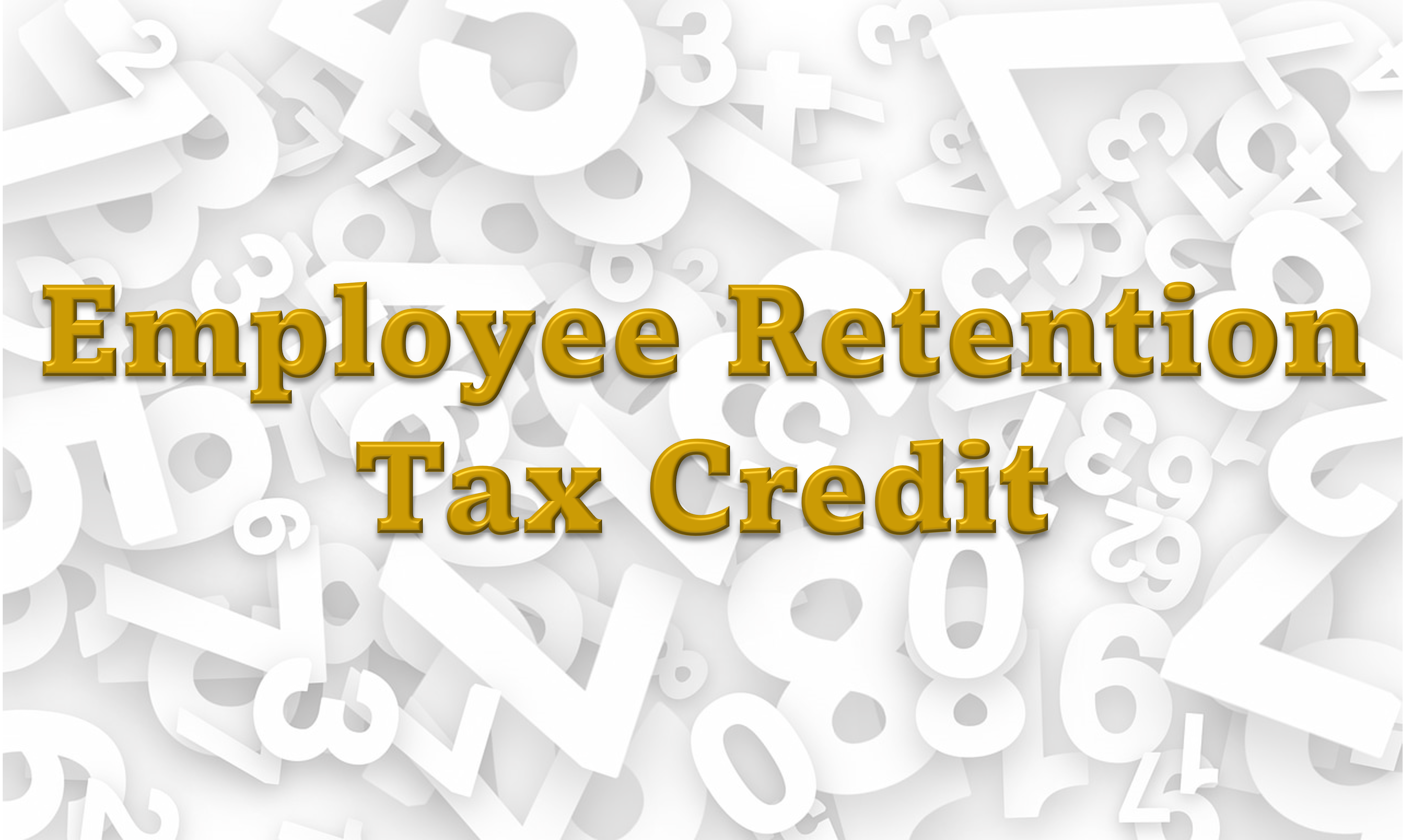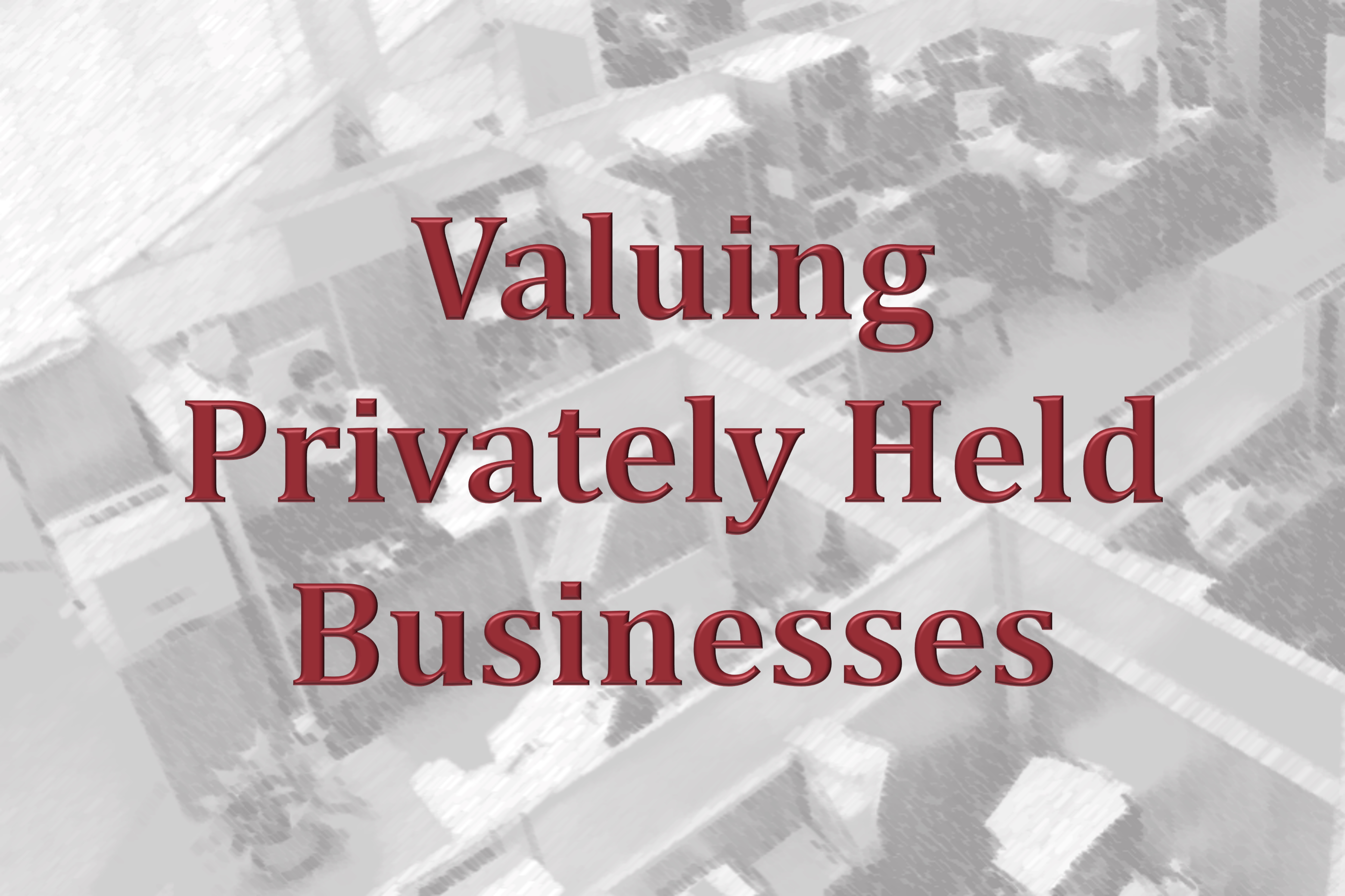The Coronavirus Aid, Relief, and Economic Security Act, also known as the CARES Act, was passed in order to provide relief to individuals and businesses which were disrupted due to the pandemic. The rise in the pandemic led to the lock down and hence most of the business were out of operation resulting in loss of revenue. Payroll protection program was a sigh of relief for the business and its employees. Businesses were granted loans equal to two and a half months of payroll costs and certain limited cost of establishments with the premise of forgiveness. The period for utilizing this amount was initially set up to be eight weeks which was later extended to 24 weeks.
SBA has issued interim final rules in October 2020 simplifying the forgiveness and loan review processes for PPP loans of $50,000 or less. The rule also provided that it is the lender’s responsibilities with respect to the review of borrower’s documentation of eligible costs for forgiveness in excess of the borrower’s PPP loan amount. SBA will review loans which are over $2 million.
This blog is meant to provide the process of application for forgiveness in brief. SBA has issued three different application forms – Form 3508, Form 3508EZ and Form 508S. Your Lender can provide you with either the SBA Form or a Lender equivalent.
The 3508EZ and the 3508S are shortened versions of the application for borrowers who meet specific requirements. A&C can provide further guidance on how to submit the application.
The most important part of the application is adequate documentation. SBA has reserved the right to review loans of over $2 million, but it may review any other loans anytime within 7 years of forgiveness. All the documents must be saved for a period of 7 years by borrowers and must be made available to SBA officials on demand.
Documentation required:
- Payroll (provide documentation for all payroll periods that overlapped with the Covered Period or the Alternative Payroll Covered Period):
-
- Bank account statements or third-party payroll service provider reports documenting the amount of cash compensation paid to employees;
- Tax forms (or equivalent third-party payroll service provider reports) for the periods that overlap with the Covered Period or the Alternative Payroll Covered Period;
- Payroll tax filings reported, or that will be reported, to the IRS (typically, Form 941);
- State quarterly business and individual employee wage reporting and unemployment insurance tax filings reported, or that will be reported, to the relevant state; and
- Payment receipts, cancelled checks, or account statements documenting the amount of any employer contributions to employee health insurance and retirement plans that the borrower included in the forgiveness amount.
- Non-payroll (for expenses that were incurred or paid during the covered period and showing that obligations or services existed prior to February 15, 2020).
- Business mortgage interest payments: Copy of lender amortization schedule and receipts verifying payments, or lender account statements.
- Business rent or lease payments: Copy of current lease agreement and receipts or cancelled checks verifying eligible payments.
- Business utility payments: Copies of invoices and receipts, cancelled checks or account statements.
If you need assistance regarding this topic, please reach out to us at (469) 467-4660, or info@ahujaclark.com.






